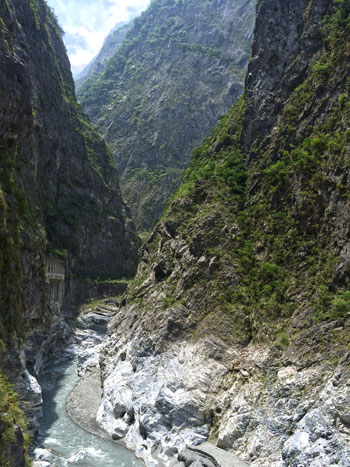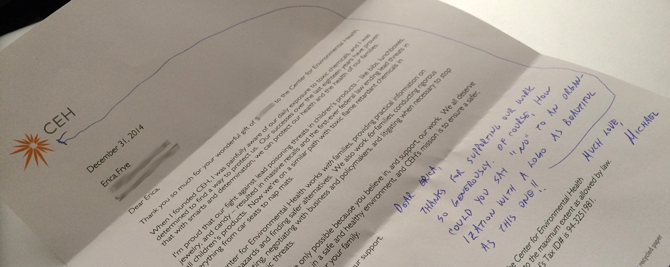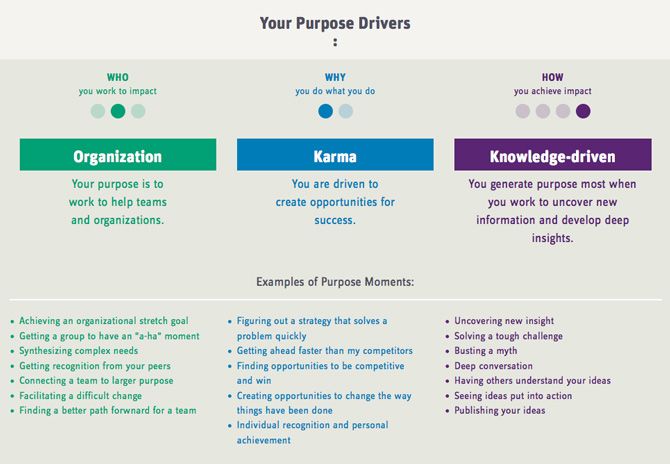Except for getting stuck overnight in Toronto on my way home, I couldn’t have asked for a better trip. Everything planned went well and every day there was at least one happy surprise — a charming couple I met over bagels, a delicious coffee granita after a warm walk, chancing on a bakery with the best chocolatine aux amandes (not that I found any bad ones), an impromptu detour down a picturesque street.
More than anything, simply feeling good is what made this trip special. I haven’t felt like myself in a long time and after spinning out on packing, once I arrived my mood was light and I had the curiosity and openness needed to spark travel magic.
Having had this experience is, I think, precious right now as we head into a new presidential term that will undoubtedly bring chaos. You know that memory of the last moment you felt carefree, safe, or just normal before everything changed? The last time you went to a crowded event before the lockdown? That’s this trip.
Starting in Montreal may have been the key to inspiring a good mood that would travel with me. The vibe there was infectious in the best way! This city knows how to wring the most of out of summer before the harsh winter arrives. It was unusually warm for September but not too hot, and everyone was out taking advantage of clear skies as well as the walkable streets still closed to cars (but not for much longer) that make room for outdoor dining.
These pedestrianized streets were filled, day and night, with vibrant groups out strolling, drinking, and dining. It was a joy to witness! Because where I live, outside of San Francisco, our restaurant scene is struggling and many cities are experiencing the same difficulties. Anytime I see thriving neighborhoods and local economies it gives me hope for the future.
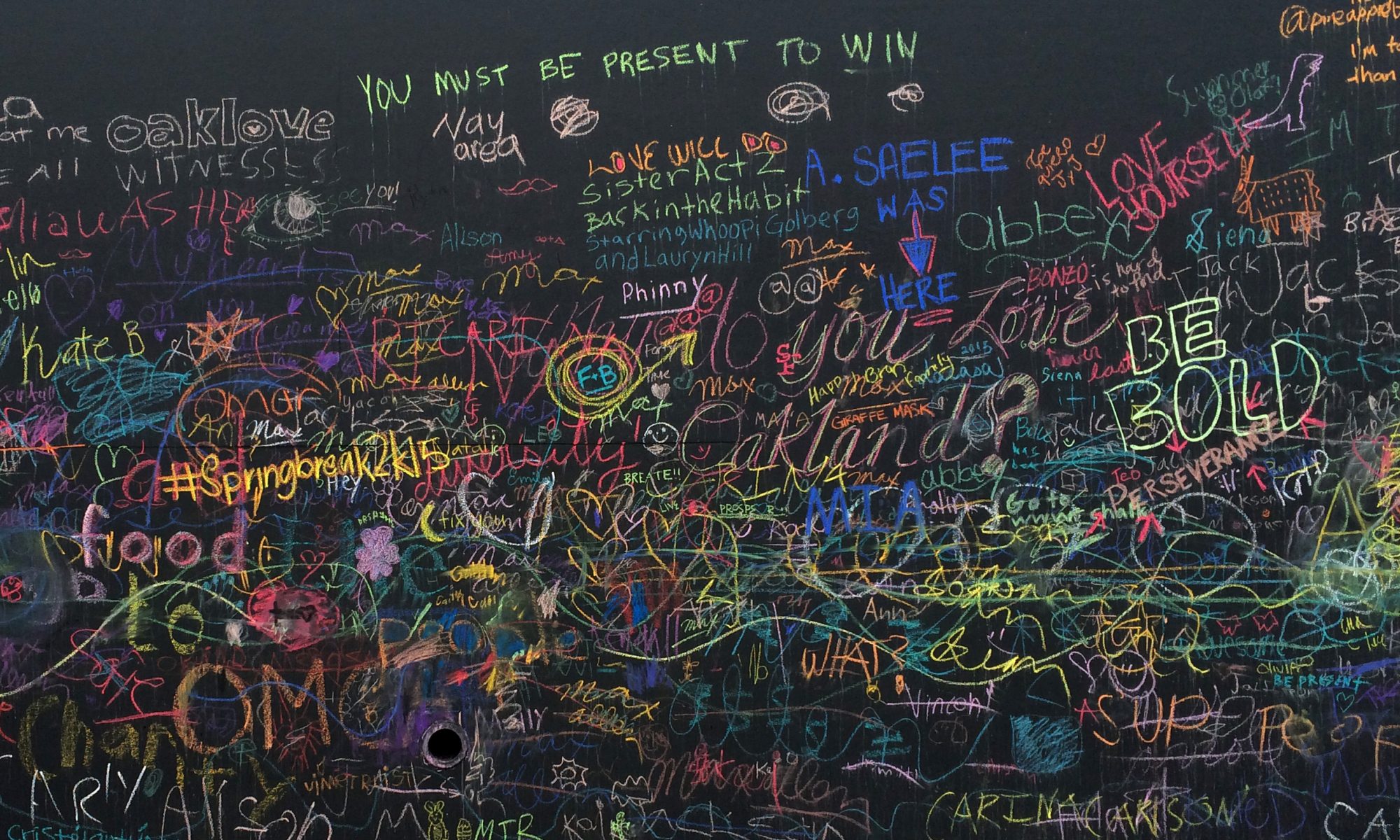
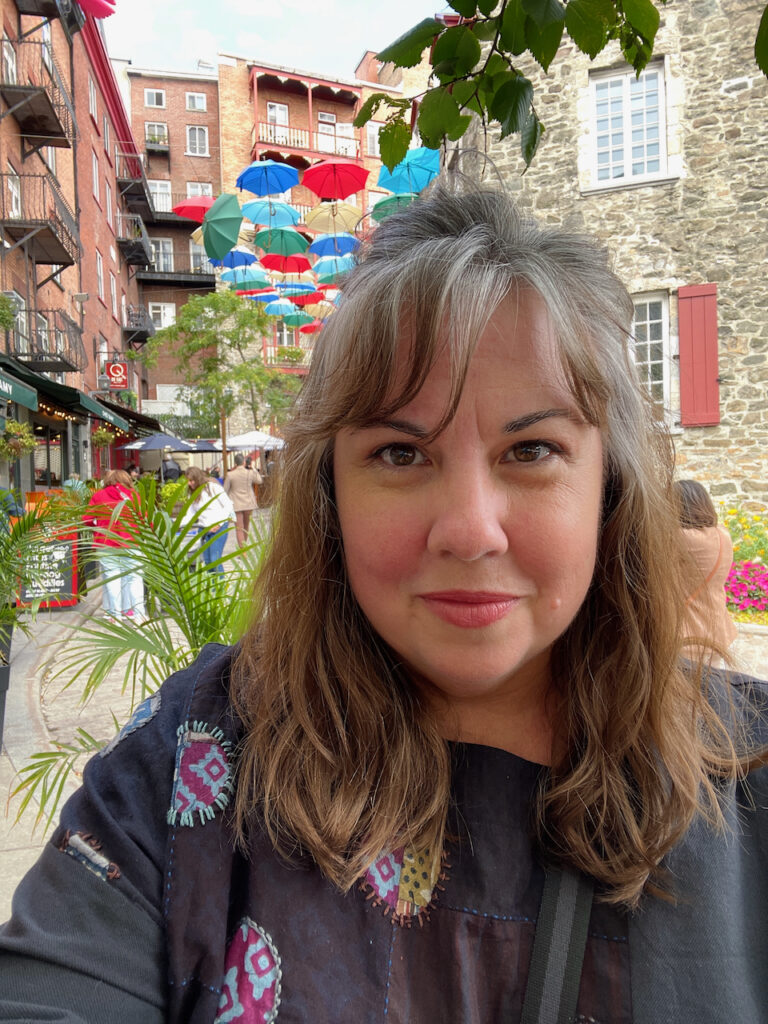



























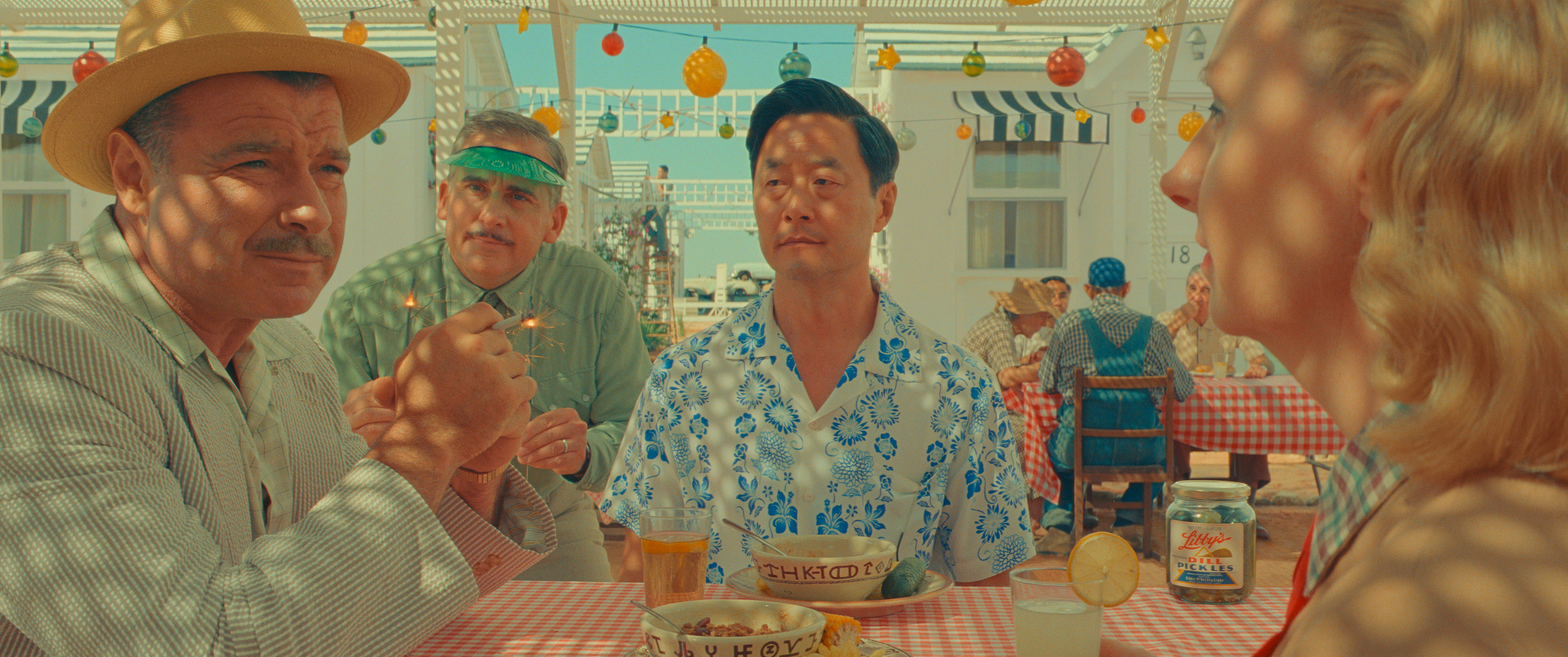

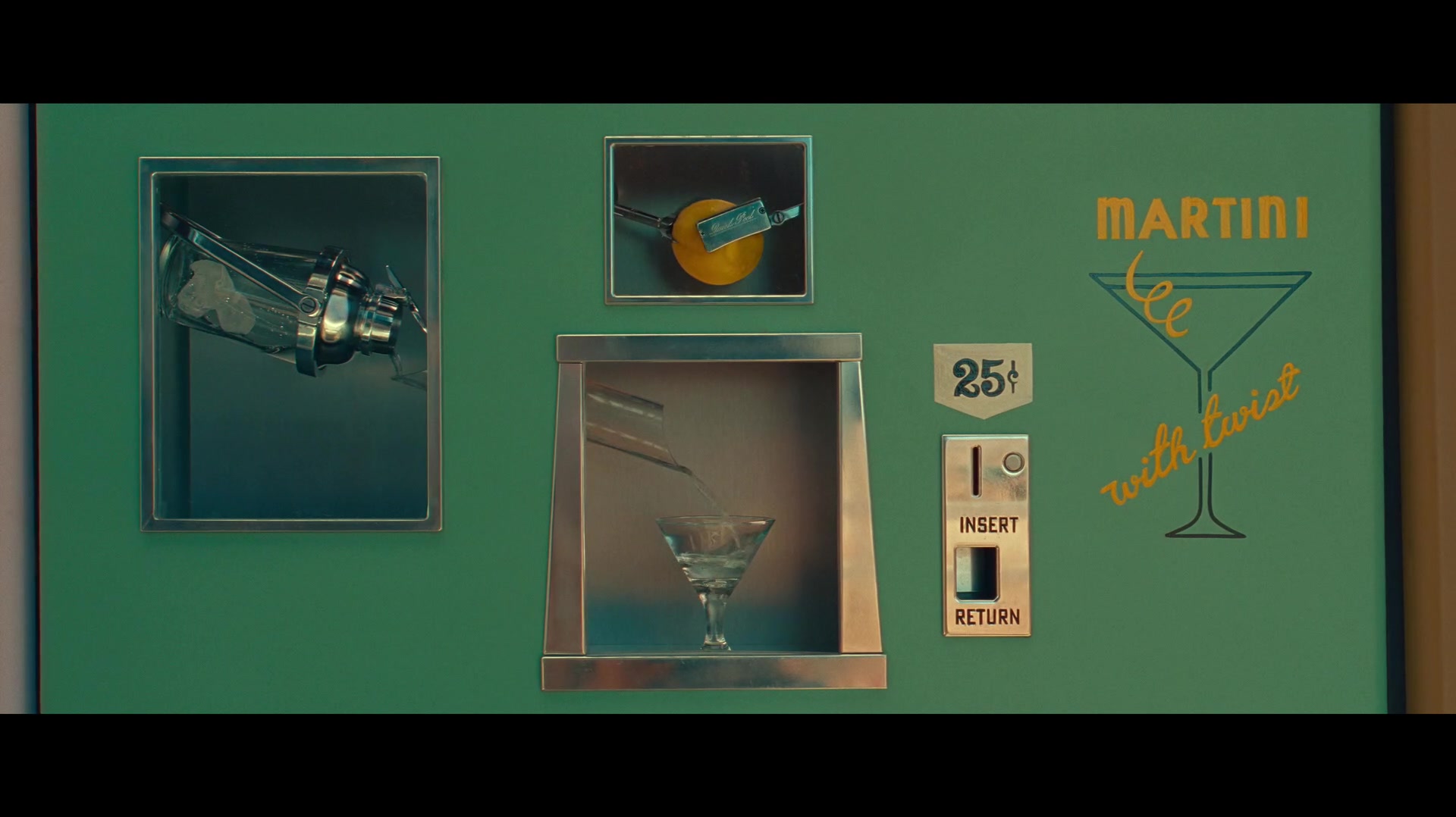
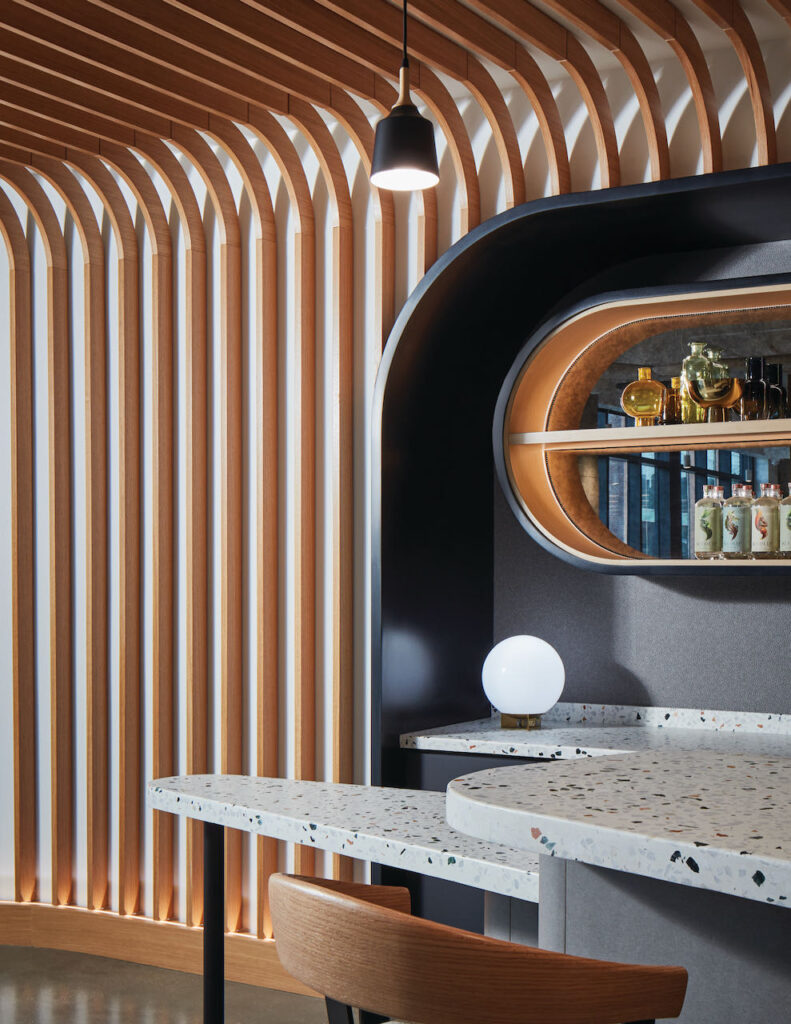
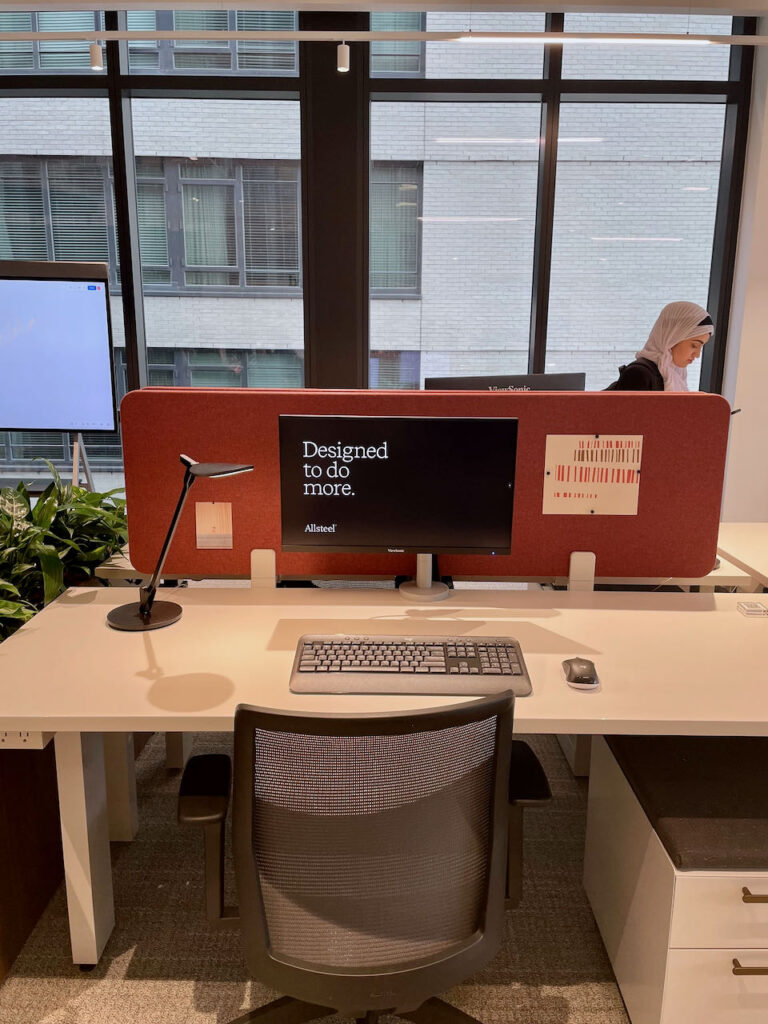
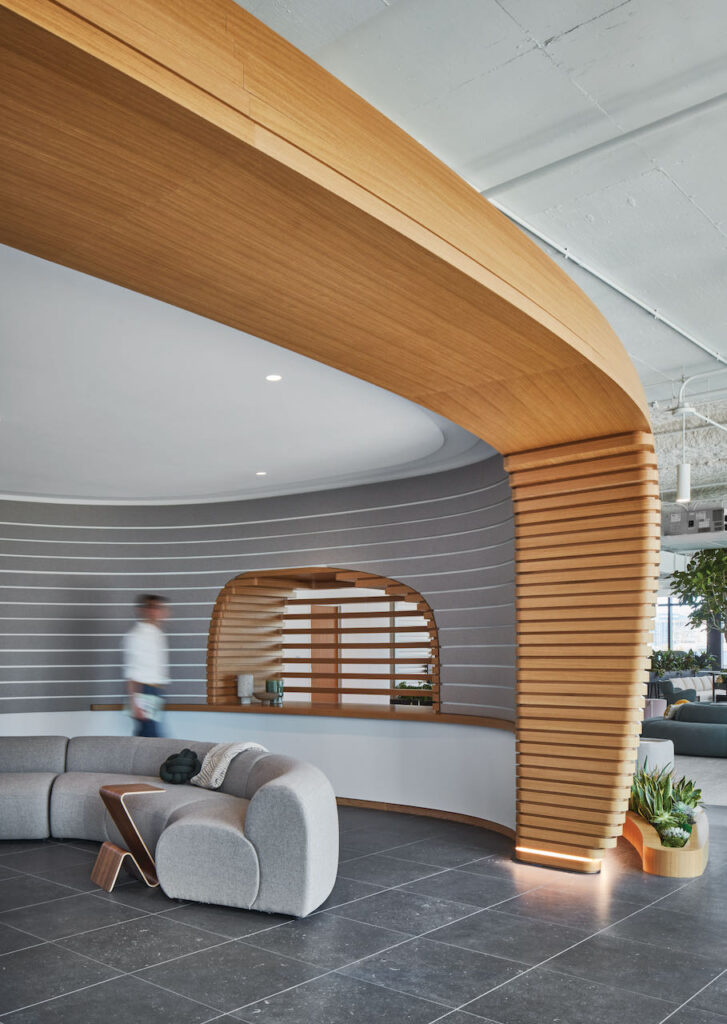
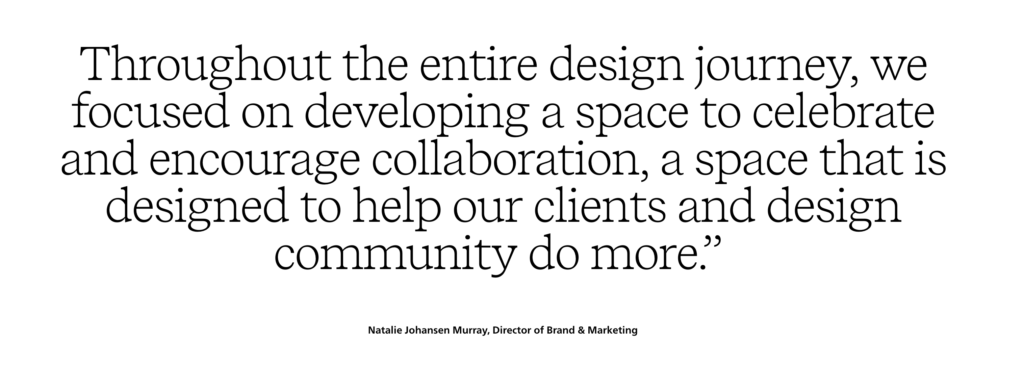
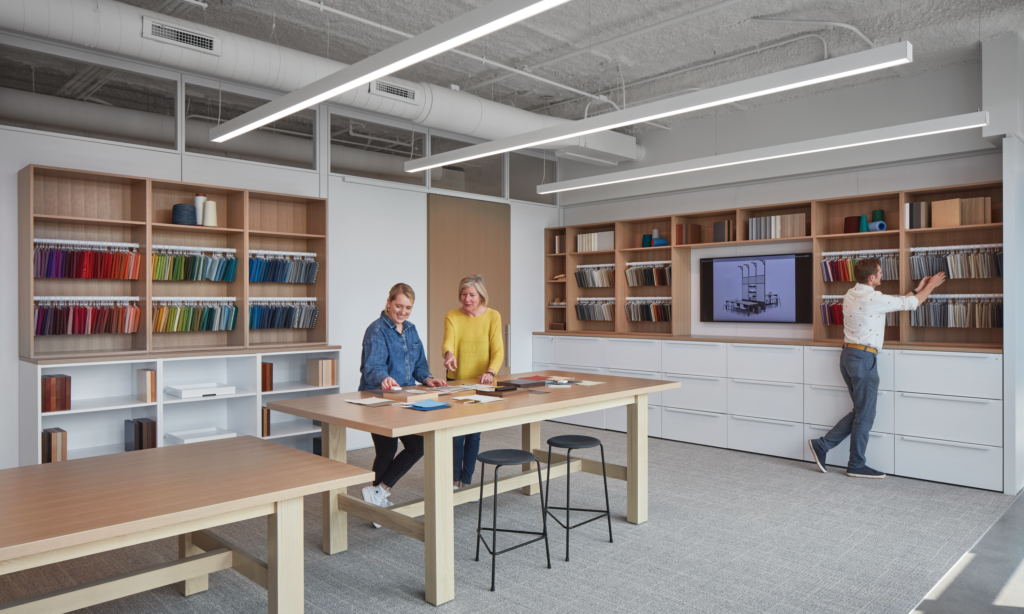
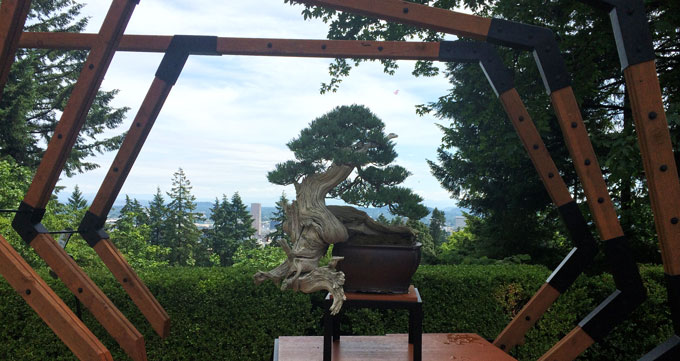
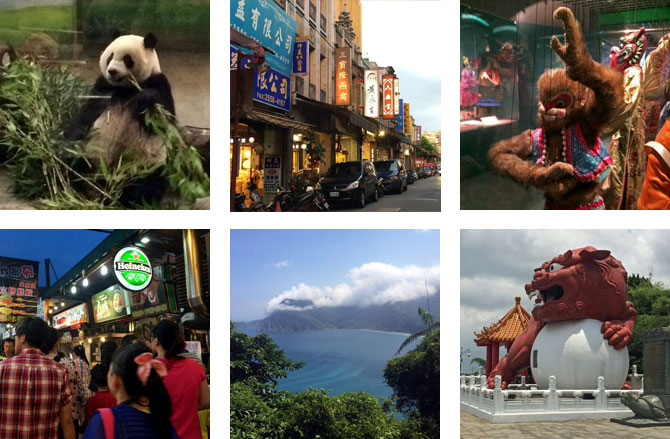
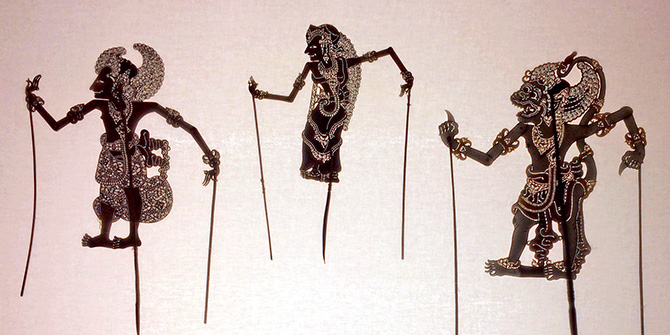
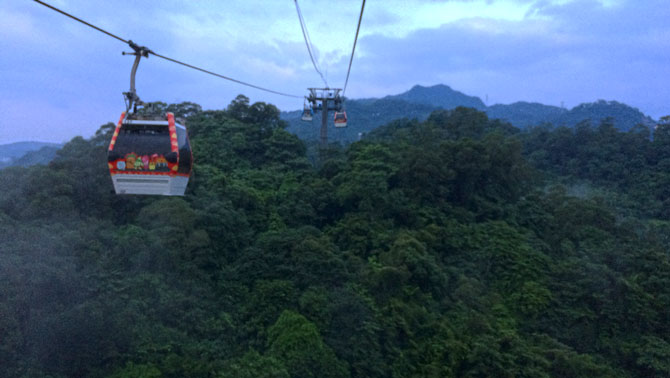
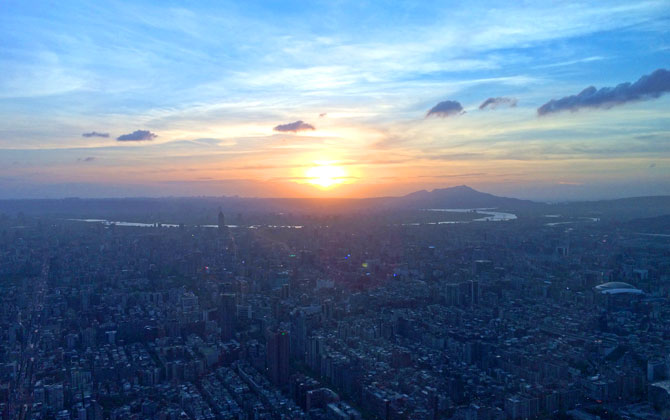 Something I love doing in big cities is taking in the cityscape. In Taipei, you do this from the observatory at the Taipei 101, one of the tallest buildings in the world. The city is simply huge! It stretches in all directions up to the edges of mountains and rivers. Taipei is a little dreary at ground level, but from above it’s stunning. After the sunset faded we capped our evening with dumplings at Din Tai Fung. Beyond delicious. I’m still drooling over that meal.
Something I love doing in big cities is taking in the cityscape. In Taipei, you do this from the observatory at the Taipei 101, one of the tallest buildings in the world. The city is simply huge! It stretches in all directions up to the edges of mountains and rivers. Taipei is a little dreary at ground level, but from above it’s stunning. After the sunset faded we capped our evening with dumplings at Din Tai Fung. Beyond delicious. I’m still drooling over that meal.